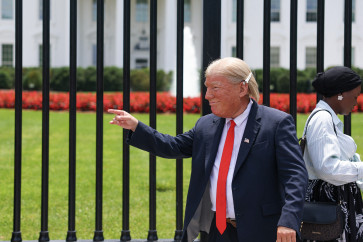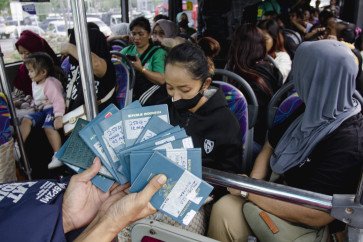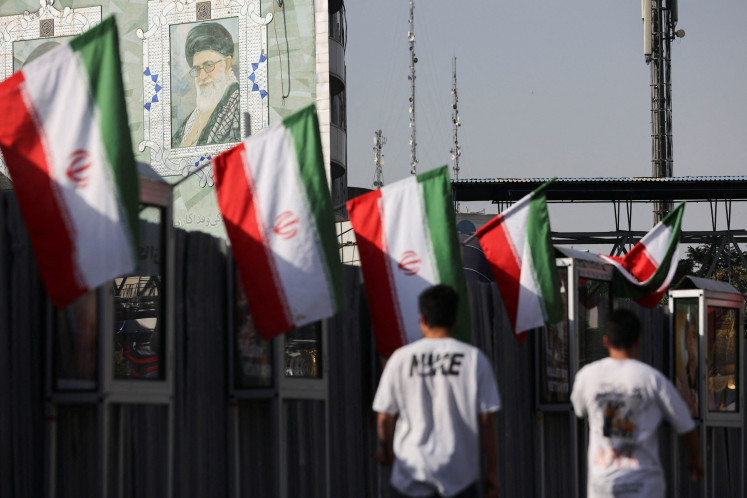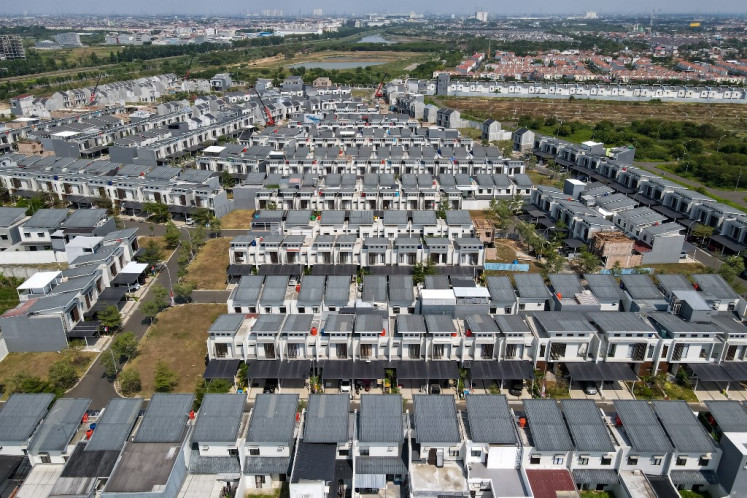Popular Reads
Top Results
Can't find what you're looking for?
View all search resultsPopular Reads
Top Results
Can't find what you're looking for?
View all search resultsNational biodiversity index in the works amid funding struggles
Public conservation funds insufficient: Government.
Change text size
Gift Premium Articles
to Anyone

S
cientists are in the process of formulating an Indonesian “biodiversity index” to accurately indicate the country’s ecological situation amid shrinking global wildlife populations and difficulties properly measuring and funding conservation.
The initiative was started in 2019 by the Indonesian Biology Consortium (KOBI), a group of local biologists and other scientists, to set up a comprehensive database of the archipelago’s flora and fauna.
Biodiversity is in danger around the world, KOBI chairman Budi Setiadi Daryono said, citing a World Wildlife Fund (WWF) report that found a 69 percent decrease in monitored wildlife populations globally from 1970 to 2018.
In the Asia-Pacific region, the 2022 Living Planet Report recorded a 55 percent drop in biodiversity in that period.
“The damage is happening right in front of our eyes. We must act,” Budi said at a discussion in Jakarta on Tuesday.
Home to some of the most biodiverse regions in the world, Indonesia has a major role to play in preserving wildlife, as habitats face human-induced destruction and stresses from climate change.
KOBI’s Budi said the group was concerned about declining biodiversity and wanted to paint a more accurate picture of the country’s situation with the index.
With the help of some 220 students across 37 universities, KOBI analyzed more than 3,000 data points on 1,603 species in 2020 and nearly 5,000 data points for 2,701 species in 2021. Literature research dominated the methodology in these years as a result of the COVID-19 pandemic.
The group then whittled down its watch list for further study to just 17 species, which include the critically endangered Sumatran rhino and the vulnerable leatherback turtle. The choice was partially influenced by the amount of data available on the species.
“We want to analyze this data to chart the trend of biodiversity in the next few years,” Budi said, adding that the next steps would be to improve the database and set up permanent wildlife monitoring stations to gather new data from 2023 to 2025.
It remains unclear how scientists will use this data in relation to the global initiative to halt and reverse biodiversity loss by 2030, which was approved by delegates of the United Nations Biodiversity Conference (COP15) in Canada last month.
One of the 23 targets set out in the Kunming-Montreal Global Biodiversity Framework for 2030 is the task of reducing “to near zero the loss of areas of high biodiversity importance and high ecological integrity”.
Funding gap
Like the climate crisis, reversing biodiversity loss faces the challenge of financing. COP15 delegates have agreed to mobilize at least US$200 billion per year from public and private sources for the cause and raise international financial flows from developed to developing countries to at least $30 billion per year by 2030.
Indonesian officials have said a lack of clear metrics on biodiversity have been an impediment to fundraising and decisive action.
Joko Tri Haryanto, a researcher at the Finance Ministry’s Fiscal Policy Agency (BKF), welcomed the Indonesian Biodiversity Index initiative, saying it could serve as an indicator in proposals for ecological fiscal transfers, one of the ways governments allocate funding for the environment.
Joko acknowledged that biodiversity had been relatively hard to measure and that the state had previously been reluctant to spend significantly on biodiversity issues.
“However, if we approached the issue for its potential to generate revenue, then everyone would try to do their part [for biodiversity],” he said at Tuesday’s discussion.
Another government panelist, Erik Armundito of the National Development Planning Agency’s (Bappenas) environment directorate, noted that biodiversity had already been used as a metric in state development plans.
He said the government was currently working on a post-2020 Biodiversity Strategy and Action Plan (IBSAP) document that followed up on the framework agreed upon at COP15.
But relying solely on state funds to finance biodiversity preservation efforts would not be enough, Erik said.
The previous 2015-2020 IBSAP document had required Indonesia to allocate Rp 167 trillion ($10.72 billion) for biodiversity alone, while only 0.81 percent of the 2021 state budget, around Rp 8.5 trillion, had been set aside.
“We need innovative alternative funding schemes [for biodiversity] that are also sustainable,” the official said.









